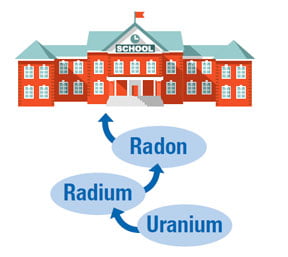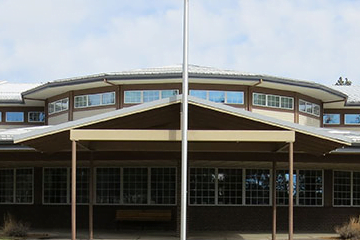What is Radon?


(Source: Testing for Elevated Radon in Oregon Schools: A Protocol and Plan, Version 1.0 – 2016, Oregon Health Authority Public Health Division, p. 8)
Radon Plan
Information
Regulation Information
Contact Safety
"*" indicates required fields













